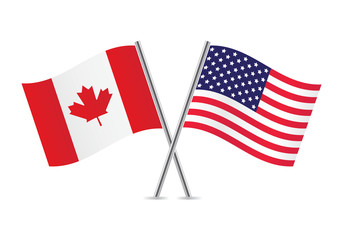The Organisation for Economic Co-operation and Development (OECD) and Digital Services Taxes
The digital economy has grown two and a half times faster than the global GDP over the last 15 years, fundamentally changing how businesses operate in foreign markets. International tax codes haven’t kept pace with its rapid expansion until recently.
Many
multinational corporations don’t have a physical presence in countries where
they conduct business. Consequently, some companies have avoided paying taxes
using base erosion and profit sharing (BEPS) strategies, which exploit gaps and
mismatches in tax rules among different countries. BEPS corporate tax
planning strategies are harmful for countries, especially developing
countries, that rely on corporate income tax.
The
Organisation for Economic Co-Operation and Development (OECD) has been working
with governments, policymakers, and citizens around the globe to standardize
international taxation via the OECD/G20
Inclusive Framework on Base Erosion and Profit Shifting (OECD
Inclusive Framework).
OECD and
taxation of the digital economy
The OECD/G20
Inclusive Framework seeks to address tax challenges that have arisen from the
digitalization of the economy through its two-pillar solution.
Pillar
One nexus rules
Pillar One
establishes new nexus and profit allocation rules for large multinational
enterprises (MNE) that meet certain revenue and profitability thresholds. The
pillar broadens the ability of countries to tax commercial activities occurring
within their borders regardless of a company’s physical presence or market
jurisdiction. Pillar One also aims to improve tax certainty through effective
dispute prevention and resolution mechanisms.
These new
Pillar One nexus rules establish fixed returns for baseline marketing and
distribution activities within a market jurisdiction. For an MNE to be subject
to tax in a market jurisdiction, it must have a nexus within that jurisdiction.
The OECD rejects any type of qualitative approach and instead establishes nexus
based on a fixed market revenue threshold of €1 million in revenue within a
market jurisdiction. For smaller jurisdictions with a GDP less than €40
billion, the nexus is €250,000.
Under the
Draft Model Rules there is a 12-month nexus revenue threshold period, which can
be adjusted proportionally for any period that is shorter or longer than 12
months.
Pillar
Two global minimum corporate tax
Pillar Two
establishes two mechanisms to ensure that large multinational companies pay a
15% minimum tax regardless of where they’re headquartered or the jurisdictions
in which they operate.
Subject
to Tax Rule
The Subject
to Tax Rule (STTR) applies when an intragroup payment is subject to a nominal
tax rate in a payee jurisdiction that is below the minimum rate.
Global
Anti-Base Erosion (GloBE) Rules
The Global
Anti-Base Erosion (GloBE) Rules apply a global minimum tax on certain MNEs that
are subject to tax on their profits below a 15% minimum effective tax rate
(ETR). MNEs will calculate their additional “top-up tax” liability using a
specified formula to first determine their ETR and then the top-up tax:
1.
Identify
MNE groups and constituent entities within scope
2.
Calculate
GloBE income
3.
Calculate
covered taxes
4.
Calculate
the ETR and top-up tax
5.
Allocate
the top-up tax
The OECD has
been working to implement these changes since 2013 but has had difficulties.
Not all member jurisdictions have agreed to the two-pillar solution yet, which
has pushed its implementation date from 2023 to 2024. So far, 140 OECD members
have joined the framework.
The United States is a signatory of the OECD.
The United States was one of the 20 founding member countries that signed the Convention of the OECD in 1960.
https://pro.bloombergtax.com/insights/international-tax/understanding-digital-services-taxes-the-oecd/





Post a Comment